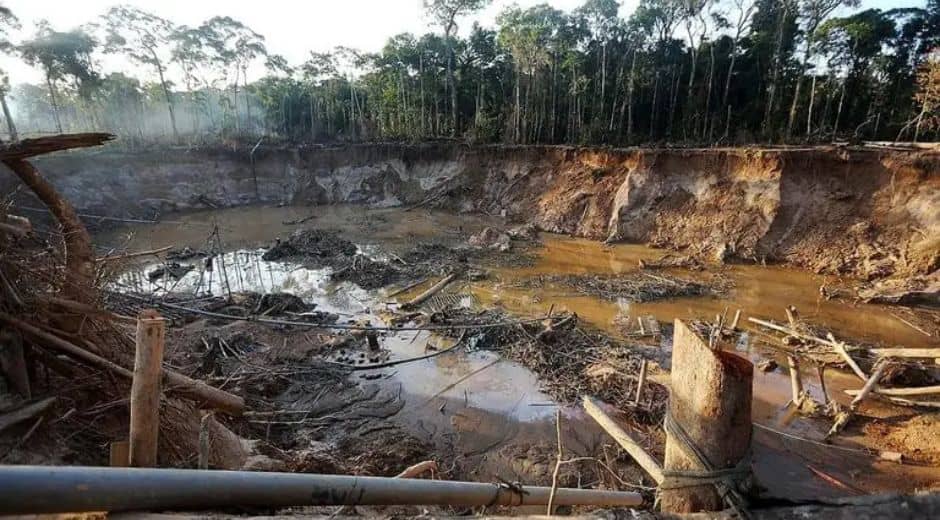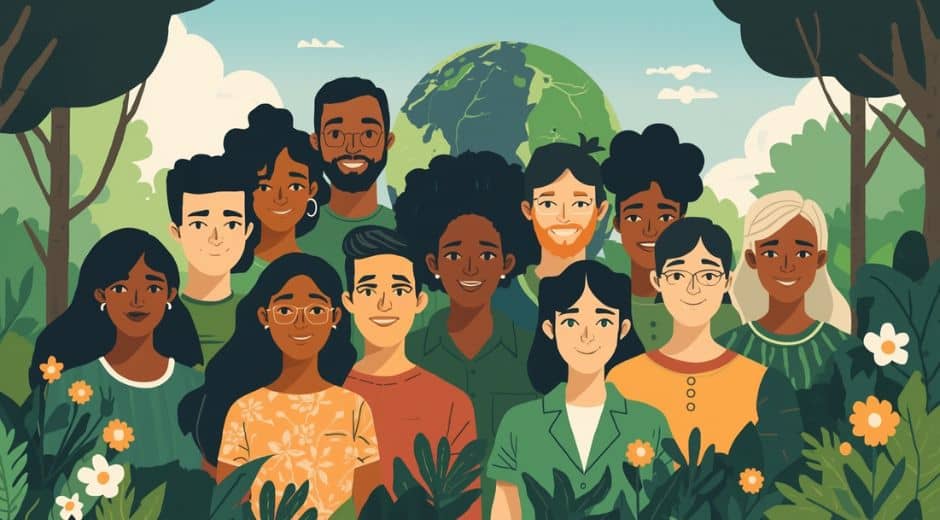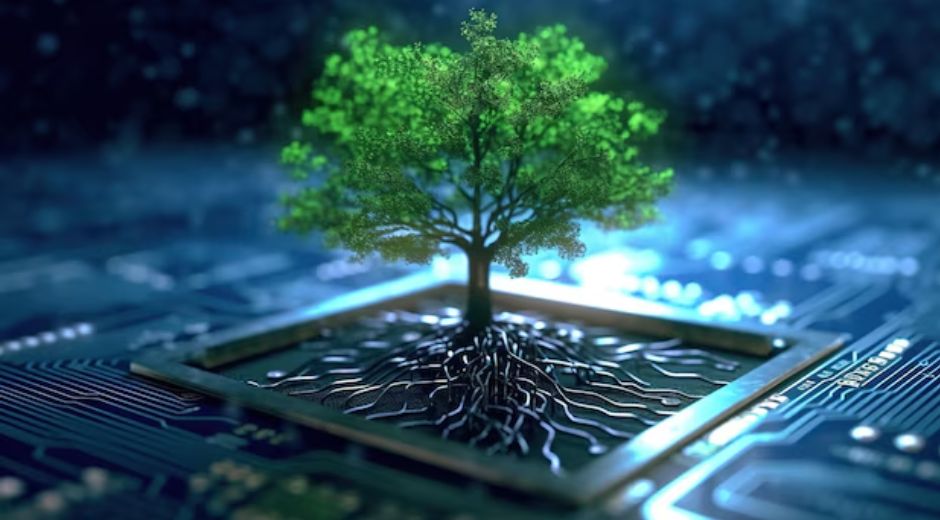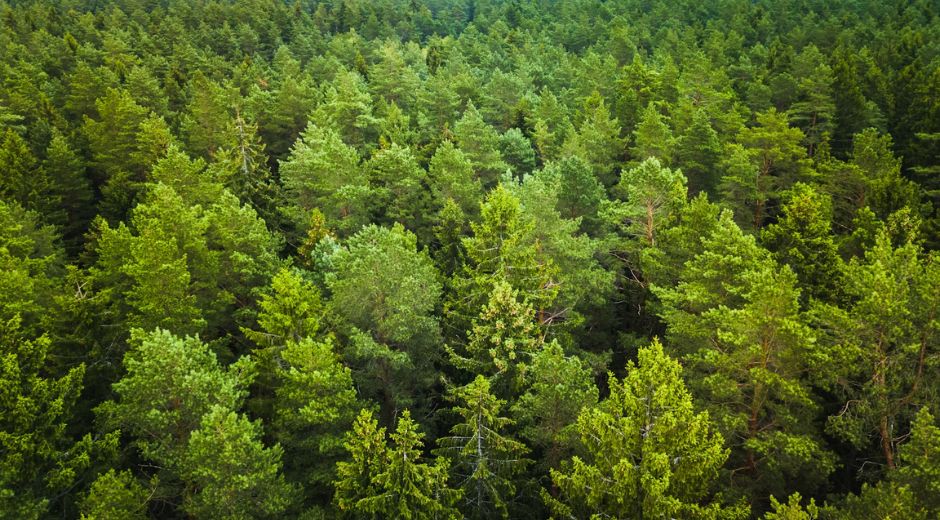Reforestation: Restoring the Planet One Tree at a Time
Few environmental actions offer as much long-term promise as reforestation. Planting trees in damaged or deforested landscapes helps rebuild ecosystems, protect wildlife, and support global climate stability. Each young tree represents a future source of oxygen, clean water, and shelter for countless species.
The power of reforestation lies in its ability to reverse ecological decline while providing hope for greener generations to come.
What Is Reforestation?
Reforestation is the intentional planting of trees in areas where forests have been cleared or degraded. Unlike natural regrowth, this process is organized and strategic, designed to restore balance to ecosystems that have lost their vegetation.
Healthy forests regulate temperature, enrich soil, and support life at every level. When loss occurs, Forest restoration becomes essential for reviving these natural systems.
Why Reforestation Matters
Forests absorb carbon dioxide, stabilize soil, and provide habitats for millions of species. Forest restoration helps reduce climate impact by enhancing the Earth’s natural ability to store carbon.
According to WWF, forests cover roughly one-third of the planet yet continue to disappear rapidly. Through Forest restoration , communities and conservation groups can protect water supplies, rebuild biodiversity, and strengthen the resilience of vulnerable regions.
The Global Movement
Large-scale environmental efforts place Forest restoration at the center of climate solutions. Nations across Africa, Asia, and South America launch planting initiatives to recover forests lost to fires, agriculture, and industrial expansion.
Modern tools like drones and satellite monitoring help track progress, making reforestation more efficient and accessible than ever before.
Reforestation and Climate Change
Trees act as natural climate stabilizers. Through Forest restoration , landscapes regain their capacity to absorb greenhouse gases, cool local environments, and create healthier air cycles.
Scientists estimate that restored forests could significantly reduce global carbon emissions, proving that Forest restoration is one of the most effective climate strategies available.
Economic and Social Benefits
Beyond environmental recovery, Forest restoration supports rural economies by creating jobs in planting, seed collection, and forest management. Communities involved in these projects benefit from cleaner water, improved agriculture, and renewed natural resources.
For many regions, Forest restoration provides long-term stability and opportunities for sustainable growth.
Challenges of Reforestation
Successful forest restoration requires planning and care. Poorly executed Forest restoration can lead to weak ecosystems, especially when non-native species or monocultures are introduced.
Protecting soil, selecting native trees, and ensuring long-term maintenance are essential steps that make Forest restoration truly effective.
Innovation and Collaboration
In recent years, sustainability-driven companies and environmental groups have developed advanced tools to support Forest restoration. Drone planting systems, biodegradable seed capsules, and global monitoring networks help scale up restoration efforts.
Platforms like BodyWellnessGroup share innovative ideas that accelerate green recovery projects and encourage broader participation.
Urban Reforestation Opportunities
Cities are embracing Forest restoration on a smaller scale by planting street trees, building green roofs, and adding pocket forests in public spaces. These urban green areas cool neighborhoods, reduce noise, and improve mental well-being.
Even a few trees in crowded environments demonstrate the transformative power of Forest restoration thanks to improved air quality and shaded, livable spaces.
Internal Connection: Nature’s Renewal
At BioNatureVista, we highlight the natural solutions that restore harmony to our planet. Forest restoration remains one of the most impactful ways to heal damaged land and secure a healthier Earth for future generations.
By supporting tree-planting efforts, reducing paper waste, or participating in local programs, anyone can contribute to this global renewal.
Conclusion: A Forest for the Future
Reforestation represents strength, resilience, and restoration. Each planted tree offers cleaner air, renewed wildlife habitat, and a more stable climate.
As people, communities, and nations embrace Forest restoration , we create forests that will support life for centuries. The seeds we plant today become the forests that protect tomorrow.
Nature Inspires Every Step

How Tundra Wildlife Survives Extreme Arctic Conditions
How Tundra Wildlife Survives Extreme Arctic Conditions

Life Above the Trees: Exploring the Rainforest Canopy
Life Above the Trees: Exploring the Rainforest Canopy













